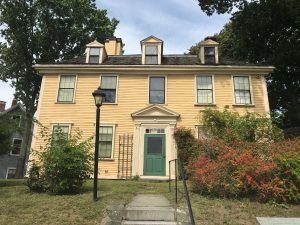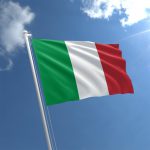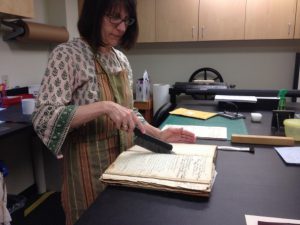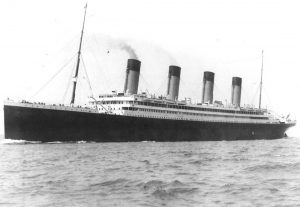 It has been a while since I’ve written an installment about the Rev. Thomas Cary’s diary. Indeed, it has been a while since I’ve written a post about anything, since I’ve been on a five-week trip with my husband along the East Coast as part of his sabbatical. Now I’m back and have loads of great new stuff to share!
It has been a while since I’ve written an installment about the Rev. Thomas Cary’s diary. Indeed, it has been a while since I’ve written a post about anything, since I’ve been on a five-week trip with my husband along the East Coast as part of his sabbatical. Now I’m back and have loads of great new stuff to share!
The first is my pilgrimage to the Chelsea, Massachusetts, house that Thomas wrote of staying in regularly sometime after his mother’s death. Continue reading The fabric is all








